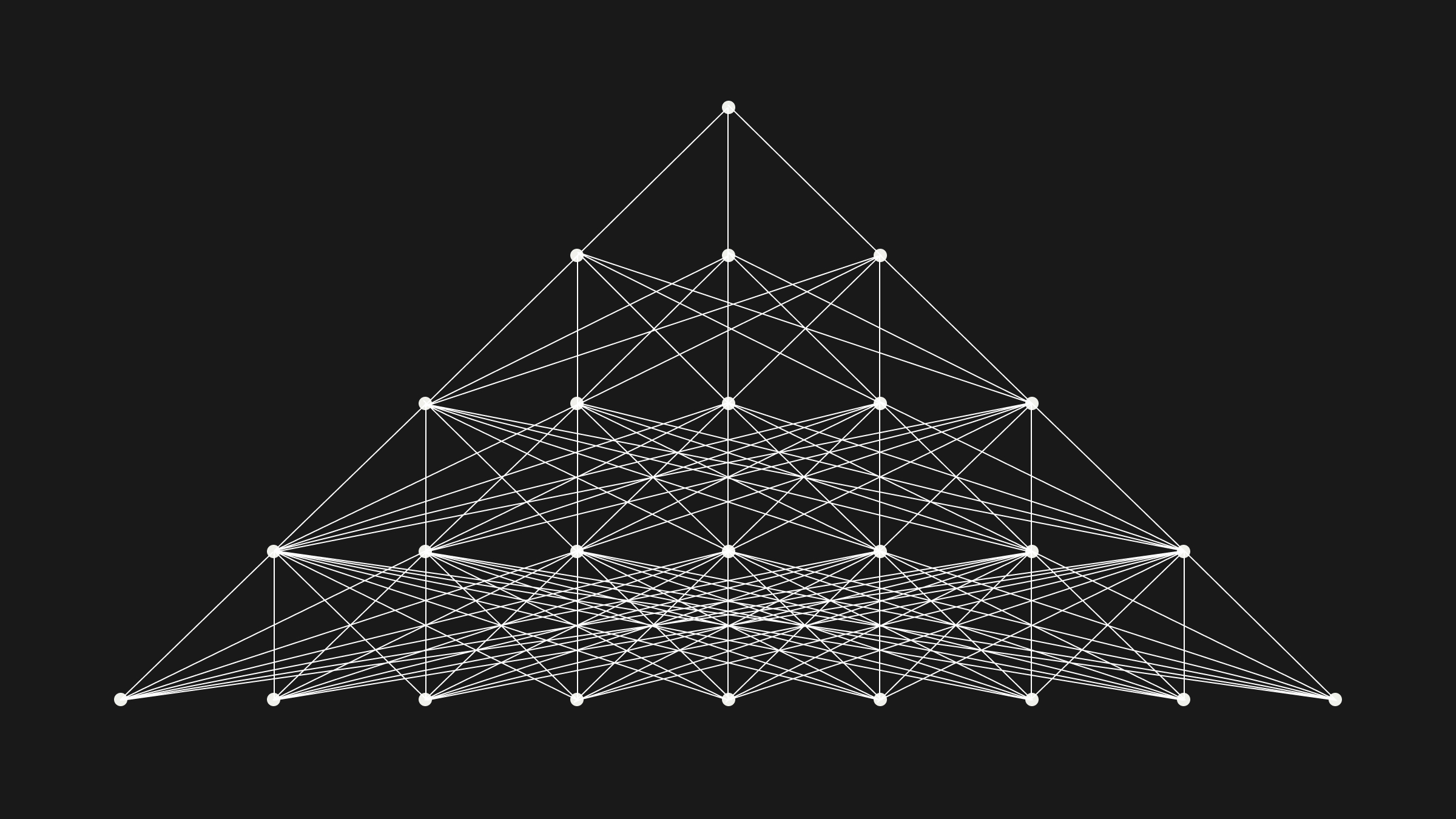Semantic Gaps in Multimodal Data
Semantic gaps in multimodal data pose significant challenges for recommendation systems, particularly when integrating diverse content types such as text, images, and categorical IDs. These gaps arise from the inherent differences in feature distributions and semantic representations across modalities. For instance, the content and ID feature pairs of the same item can be far apart in existing methods, leading to misalignment issues.

To address this challenge, researchers have proposed various alignment techniques. AlignRec, for example, introduces a three-fold alignment approach: within contents, between content and categorical ID, and between users and items. Other methods, such as those explored in cross-modal semantic gap bridging, focus on improving the alignment of text and image representations, even for low-quality inputs. These approaches aim to create unified multimodal features that can effectively capture the relevant semantics among different modalities, ultimately enhancing the accuracy and robustness of multimodal recommendation systems.
Inter-Content Alignment Techniques
Inter-content alignment (ICA) is a crucial component of the AlignRec framework, designed to harmonize different content modalities such as vision and text. This alignment process utilizes an attention-based cross-modality encoder to generate a unified modality representation for each item. The ICA technique addresses the challenge of diverse semantic information and distributions across modalities by creating a cohesive representation that captures the essence of multiple content types.

Key aspects of ICA include:
- Attention mechanisms: These allow the model to focus on relevant features across modalities, enhancing the quality of the unified representation.
- Cross-modality encoding: This process enables the integration of information from different modalities into a single, coherent representation.
- Pre-training strategy: AlignRec proposes pre-training the ICA task before addressing other alignment objectives, ensuring a solid foundation for subsequent multimodal feature integration.
By effectively aligning content across modalities, ICA contributes to bridging the semantic gap in multimodal recommendations, ultimately improving the system's ability to leverage rich contextual information for more accurate and personalized suggestions.
Contrastive Learning for Content-Category Alignment
Contrastive learning plays a pivotal role in the content-category alignment (CCA) component of AlignRec, bridging the gap between multimodal content features and user/item ID-based features. This approach leverages the InfoNCE loss function to optimize the alignment task, guiding the framework to learn the distinctions between positive and negative content-category pairs. The CCA objective can be formalized as:

τ is a temperature parameter, and N is the batch size. This contrastive mechanism enhances the model's ability to differentiate between relevant and irrelevant content-category associations, ultimately improving the quality of recommendations by ensuring that multimodal features are well-aligned with categorical identifiers.
Cosine-based Representation Alignment
User-item alignment (UIA) is a crucial component in the AlignRec framework, designed to maximize the agreement between user representations and their interacted items. This alignment is achieved through a cosine similarity loss function, which can be formalized as:

where hu and hi are the final representations of user u and item i respectively, and D is the set of user-item interactions. This approach serves two key purposes:
- It aligns the representation spaces of users and items, facilitating more accurate predictions of user-item interactions.
- It enhances the model's ability to capture the underlying preferences of users and characteristics of items in a unified latent space.
By optimizing this alignment, AlignRec improves its recommendation performance and robustness, particularly in scenarios with sparse interaction data.
The Secret Sauce: Training in Stages
One of AlignRec's clever tricks is its two-stage training process:
- Pre-training: The system first learns to align visual and textual information, creating a unified understanding of products.
- Fine-tuning: It then incorporates user behavior and optimizes for the actual recommendation task.
For more details: Github "AlignRec_CIKM24"
Putting It to the Test
The researchers didn't just theorize – they put AlignRec through its paces on real-world datasets from Amazon, including categories like Baby Products, Sports & Outdoors, and Electronics.

The results? AlignRec outperformed nine other state-of-the-art recommendation systems across the board. It was particularly impressive in handling "long-tail" items – those niche products that don't have tons of user interactions but might be perfect for the right person.
Why This Matters
Better recommendations aren't just about selling more stuff (although businesses certainly won't complain about that). They're about creating better user experiences, helping people discover products and content they truly enjoy, and potentially reducing the overwhelming choices we face in our digital world.
The Future of Recommendations
AlignRec represents an exciting step forward in the world of recommendation systems. As we continue to generate and consume more diverse types of data, approaches like this that can effectively combine and understand different modalities will become increasingly important.
Who knows? The next time you're pleasantly surprised by a spot-on product recommendation, it might just be AlignRec working its magic behind the scenes!




